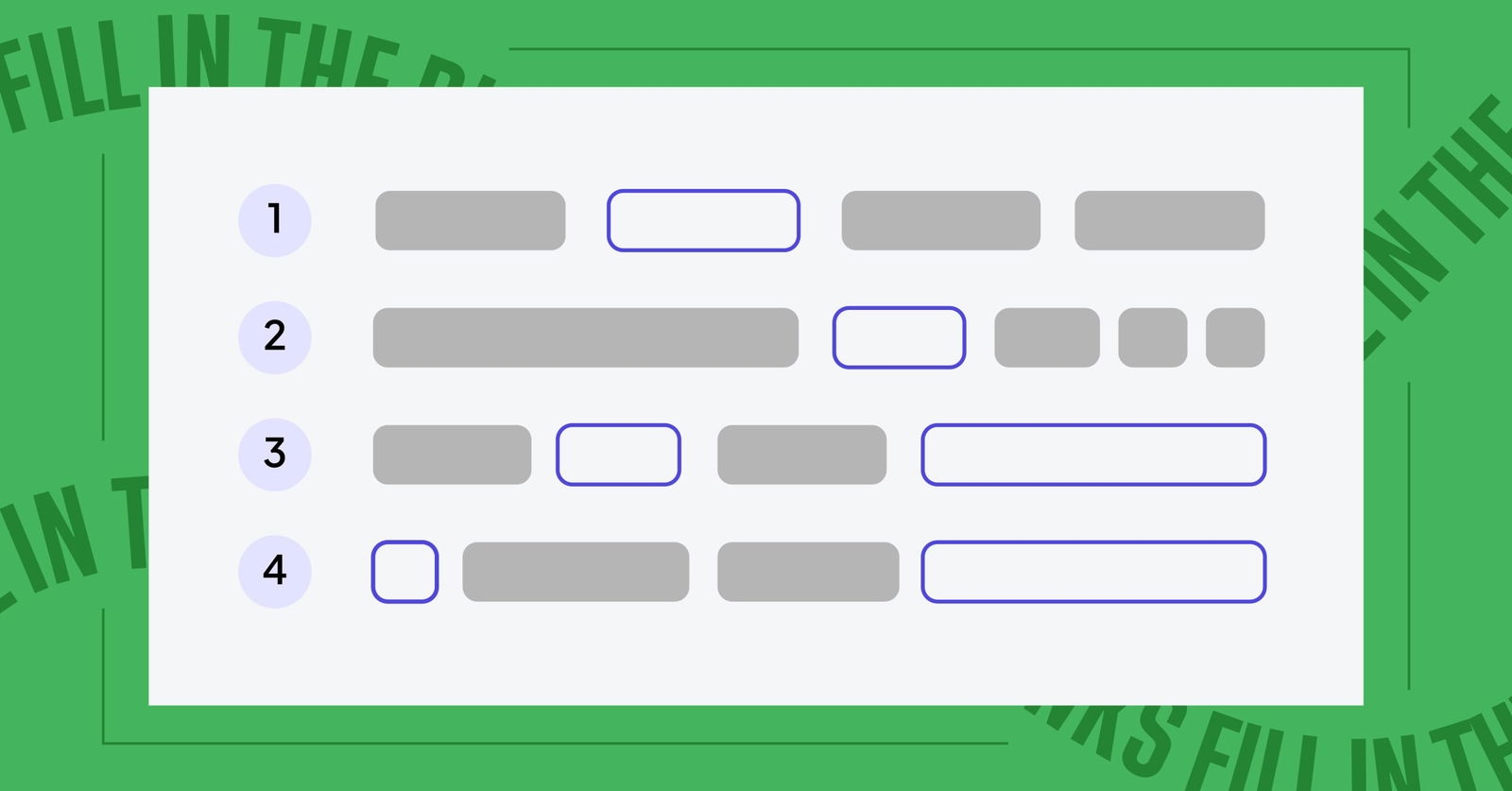When it comes to testing knowledge and understanding, fill in the blank questions can be a powerful tool. These types of questions require the respondent to recall information and demonstrate comprehension in order to provide the correct answer. Fill in the blank questions are commonly used in educational settings, assessments, and quizzes to gauge the level of understanding of the participants.
By presenting a statement with a missing word or phrase, fill in the blank questions challenge the respondent to actively engage with the material and apply their knowledge. This can help reinforce key concepts and improve retention, making it an effective learning tool.
Fill in the Blank Question Original
One of the benefits of fill in the blank questions is that they encourage critical thinking and problem-solving skills. By requiring the respondent to recall specific information and apply it in context, fill in the blank questions promote deeper understanding and analysis of the subject matter.
Additionally, fill in the blank questions can be tailored to assess different levels of difficulty. From basic recall of facts to more complex application of concepts, fill in the blank questions can be customized to meet the specific learning objectives of the assessment.
Furthermore, fill in the blank questions can also be used to prompt discussion and debate. By presenting a statement with a missing word or phrase, fill in the blank questions can spark conversation and encourage participants to explain their reasoning behind their answers. This can lead to a deeper exploration of the topic and enhance collaborative learning.
In conclusion, fill in the blank questions are a versatile and effective tool for testing knowledge and understanding. By challenging respondents to recall information, apply concepts, and engage in critical thinking, fill in the blank questions can enhance learning outcomes and promote deeper understanding of the subject matter.
